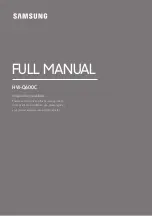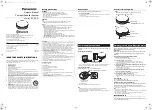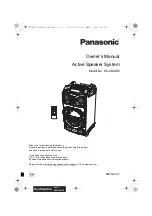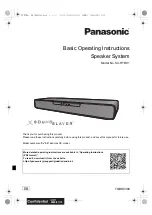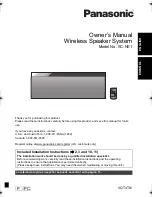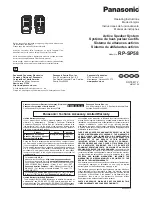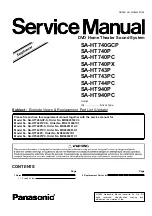
70
Tucker GmbH,
Mail / Post:
Max-Eyth-Str.1, 35394 Gießen, Germany
Stud welding unit N1500i
As of: Aug 12.2021
Manual part number: BE 1221
Temperature:
As temperatures rise, dampeners have less of an impact. They allow the stud to fall
nearly 65% faster at 90 degrees F than at 0 degrees F.
Molten Stud Shape:
As the stud melts during the weld, it has the potential to change shape. It may
elongate or even drip. The molten shape of the stud will vary as the weld heat varies.
These factors can change the timing of the weld short circuit.
Troubleshooting Inconsistent Drop Times
1.
Eliminate excessive lift. Too much lift increases the possibility of stud ‘hang
up’.
2.
Be sure the weld energy is appropriate for the application.
3.
Inspect foot alignment – Adjust if necessary. A misaligned foot will almost
guarantee stud ‘hang-up’. Make sure the stud is centered in the ferrule.
4.
Inspect chuck – Replace if necessary. Check for a good grip of the stud in the
chuck. A good grip is needed to eliminate stud slippage.
5.
Tighten foot-retaining screws. These screws hold the foot in place during a
weld while pressure is placed on the foot. Slippage of the foot will lead to a
faster drop time.
6.
Inspect and clean gun housing and related parts – replace parts as needed.
Debris in this housing will resist travel.
6.7
Inspection and testing of the weld
To assure the quality of stud welds the following testing must be car- ried out before,
during and after production:
•
standard work testing
•
simplified work testing
•
continuous production monitoring
Standard work testing:
For welding according to the drawn-arc and short-cycle method ten studs must be































